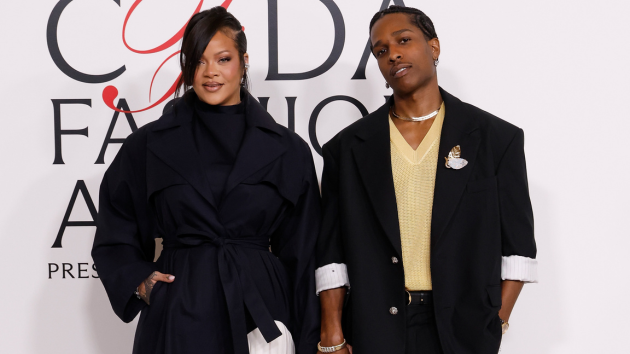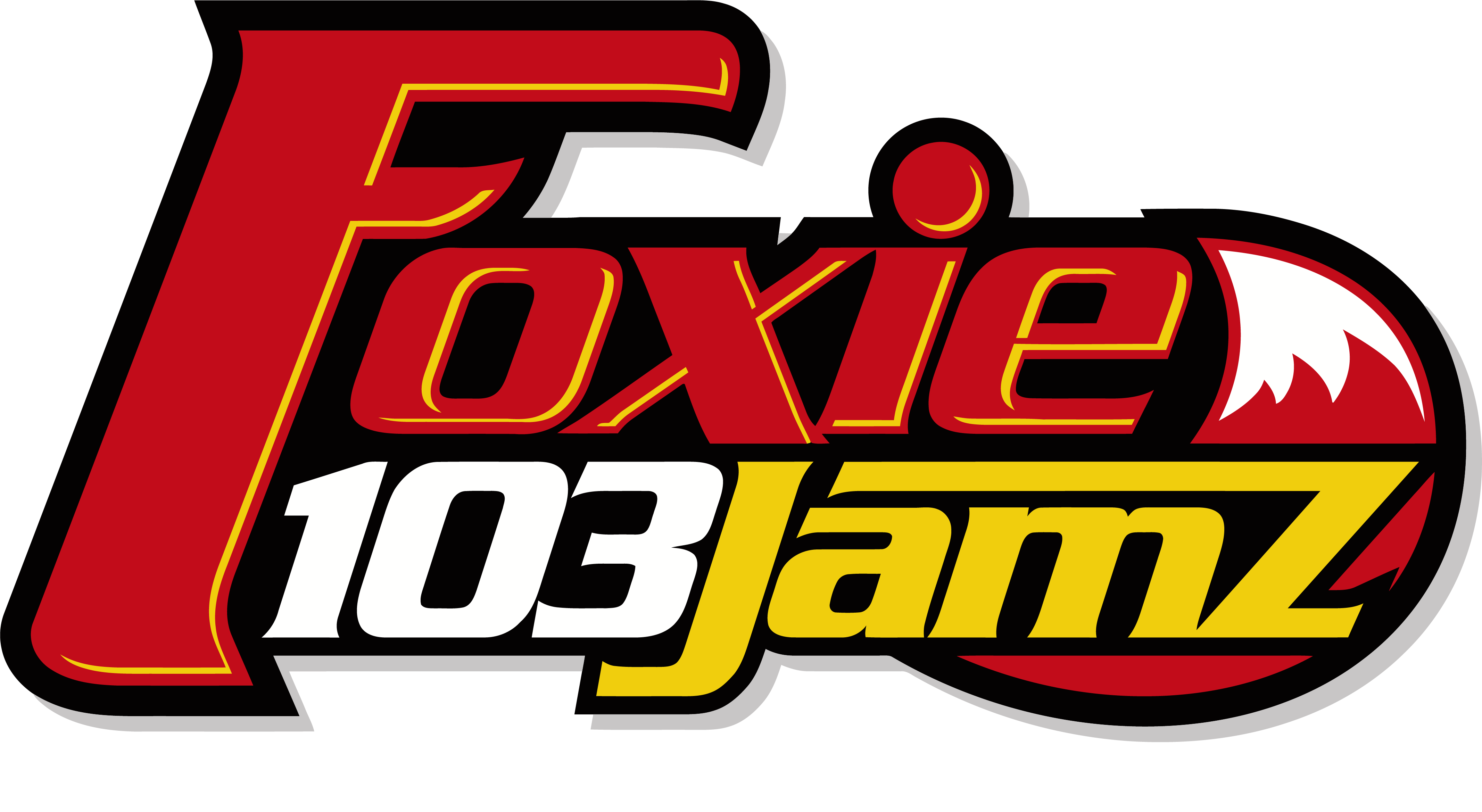Shota Imanaga free agency: What those surprising contract decisions might tell us about this MLB offseason
Written by CBS SPORTS ALL RIGHTS RESERVED on November 4, 2025


The Chicago Cubs and left-hander Shota Imanaga each declined options on Tuesday that will result in Imanaga becoming a free agent when the market opens later this week.
Imanaga, 32, made the 2024 All-Star Game and finished fifth in National League Cy Young Award balloting last offseason. His second year stateside didn’t go as smoothly. In 25 starts, he amassed a 103 ERA+ and a 4.50 strikeout-to-walk ratio — both worse marks than he mustered in 2024. He also missed more than a month with a hamstring injury.
Around this time of the year, everyone is seeing a weathervane — some sign of what’s to come. Below, CBS Sports has attempted to explain both sides of the Imanaga decision, all the while assessing What It All Means.
1. Why would the Cubs decline Imanaga’s option?
To understand Chicago’s decision you must first understand that Imanaga’s contract was the sport’s most convoluted pact.
At face value, it was a four-year agreement worth $53 million. In reality, the Cubs and Imanaga both held options that, depending on who executed what, greatly changed the structure of the agreement. To wit, the Cubs declined what amounted to a three-year club option worth $57 million. If they had exercised that option, Imanaga would have gained full no-trade protection in the process.
With Chicago declining its end, Imanaga then had to make his own call on a one-year player option worth $15 million. Had he exercised it, the Cubs would’ve had to make yet another decision on a two-year option worth $42 million. And, believe it or not, if the Cubs had declined that part of the agreement, Imanaga would’ve had another one-year player option worth $15 million to pass judgement on. There are labyrinths that are easier to navigate.
Instead, Imanaga said no to the $15 million and that’s where things ended. Well, almost. The Cubs can (and may) still offer him a qualifying offer, the equivalent of a one-year, $22.025 million deal. If he accepts, he’s a Cub. If not, he heads into free agency with a draft pick chain around his neck.
The Cubs ostensibly made the call after considering Imanaga’s season. He not only saw his fastball velocity drop nearly a full tick, he also was less capable of generating chases and whiffs. Imanaga’s skill set — he’s highly dependent on his phantom fastball — is a difficult one to project into the future. Combined with his age (he turned 32 in September), it’s understandable why the Cubs decided they’d prefer to take their chances this winter on a free-agent market that features ample mid-rotation arms.
2. What about Imanaga?
Imanaga, for his part, is banking on the assumption that he can do better than what amounted to a two-year contract worth $30 million. (That is, if he had exercised both of his player options, each worth $15 million.) It’s a reasonable bet to make. Last winter alone saw Sean Manaea, Luis Severino, Jack Flaherty, and Frankie Montas all clear $15 million annually on multi-year agreements.
Here’s a look at how those pitchers’ most recent two seasons (to that point) compared to Imanaga’s:
| Pitcher | GS | IP | ERA+ | SO/BB |
|---|---|---|---|---|
|
Imanaga (’24-’25) |
54 |
318 |
120 |
5.39 |
|
Manaea (’23-’24) |
42 |
299 |
105 |
2.97 |
|
Severino (’23-’24) |
49 |
271 |
85 |
2.55 |
|
Flaherty (’23-’24) |
55 |
306 |
105 |
3.29 |
|
Montas (’23-’24) |
30 |
152 |
90 |
2.22 |
You can think that Imanaga has already reached the peak of his production in MLB and still believe that he should be able to find a sweeter contract this winter than two years and $30 million.
3. Where does Imanaga fit on the market?
As noted above, this free-agent market is full of interesting middle-of-the-rotation arms.
Left-handers Framber Valdez and Ranger Suárez look like the best starters in the class. From there, teams will sort through a collection of arms with question marks. Can Dylan Cease and Zac Gallen bounce back? Will Michael King and Brandon Woodruff stay healthy? How well can Tatsuya Imai, an incoming Japanese right-hander with a promising arsenal, take to the majors? And so on and so forth.
Imanaga would seem to be a step beneath Valdez or Suárez, putting him in that messy second tier.
4. What’s next for the Cubs?
As for the Cubs, they have a lot of work to do this winter as they attempt to put forth their first NL Central-winning squad since 2020. Outfielder Kyle Tucker, acquired in a trade last winter with the Houston Astros, will hit the open market as the best available player unless the two sides reach a deal in the next few days.
In addition to Imanaga and Tucker, the Cubs could lose relievers Brad Keller, Drew Pomeranz, and Caleb Thielbar; utility arms Michael Soroka and Aaron Civale; and utility player Willi Castro.
Overall, the Cubs stand to see three of their 12 most productive players this season land on the open market, according to Baseball Reference’s Win Above Replacement metric.
5. Did the looming lockout play any role here?
There’s at least a decent chance of another owner-imposed lockout unfolding next winter, when the current collective bargaining agreement with the Players Association expires. While teams are no doubt cognizant of that reality, it doesn’t mean every transaction is being shaped by it — at least not in a meaningful way.
Remember, teams were perfectly fine making long-term commitments in the lead up to the last work stoppage. The Texas Rangers alone signed veteran middle infielders Corey Seager and Marcus Semien to 10- and seven-year contracts, respectively, days before the lockout went into effect. No matter how pessimistic you are about the chances of missed games in 2027, MLB will at some point resume play. When it does, teams are going to want good players.
The post Shota Imanaga free agency: What those surprising contract decisions might tell us about this MLB offseason first appeared on OKC Sports Radio.





